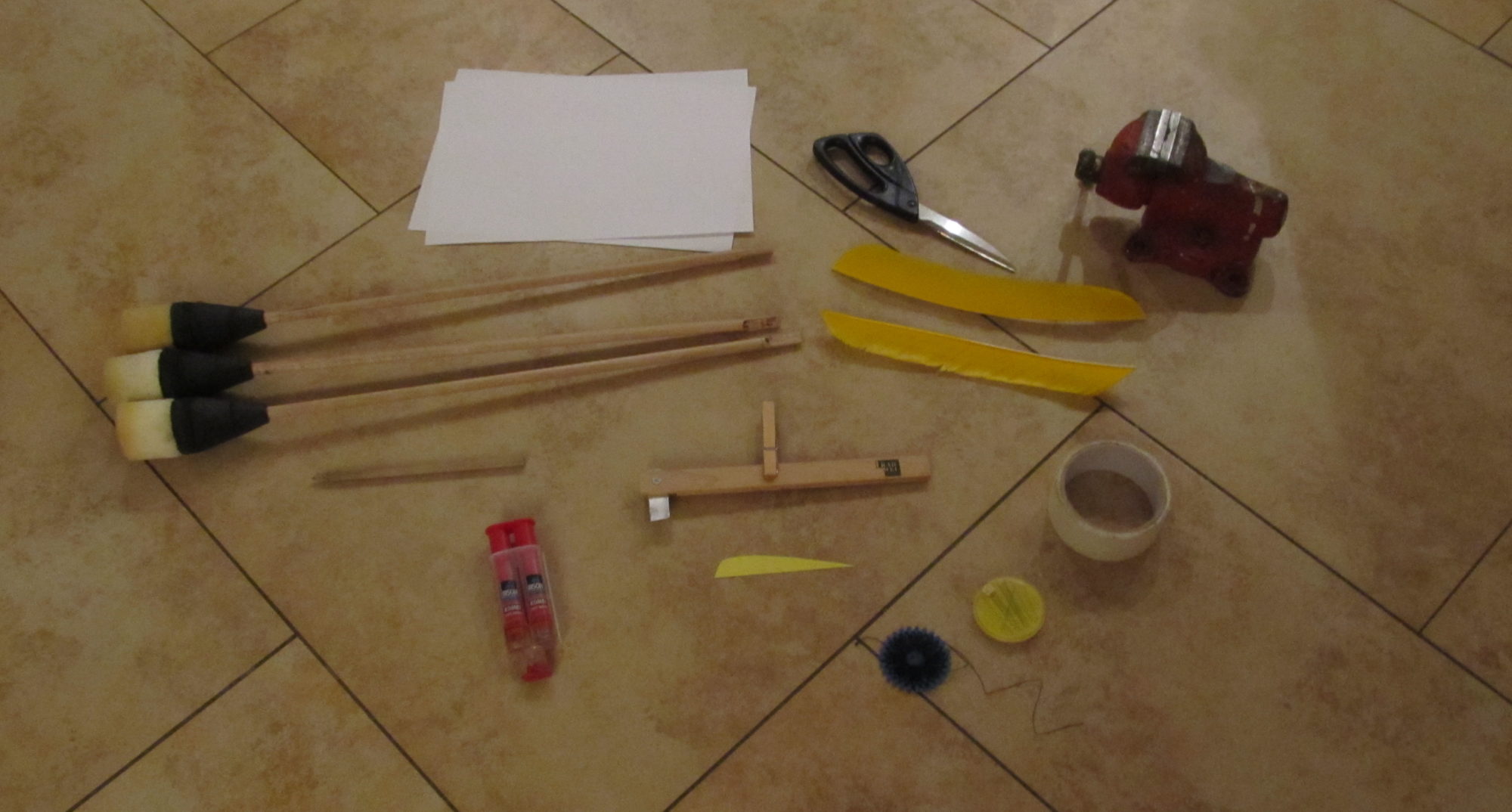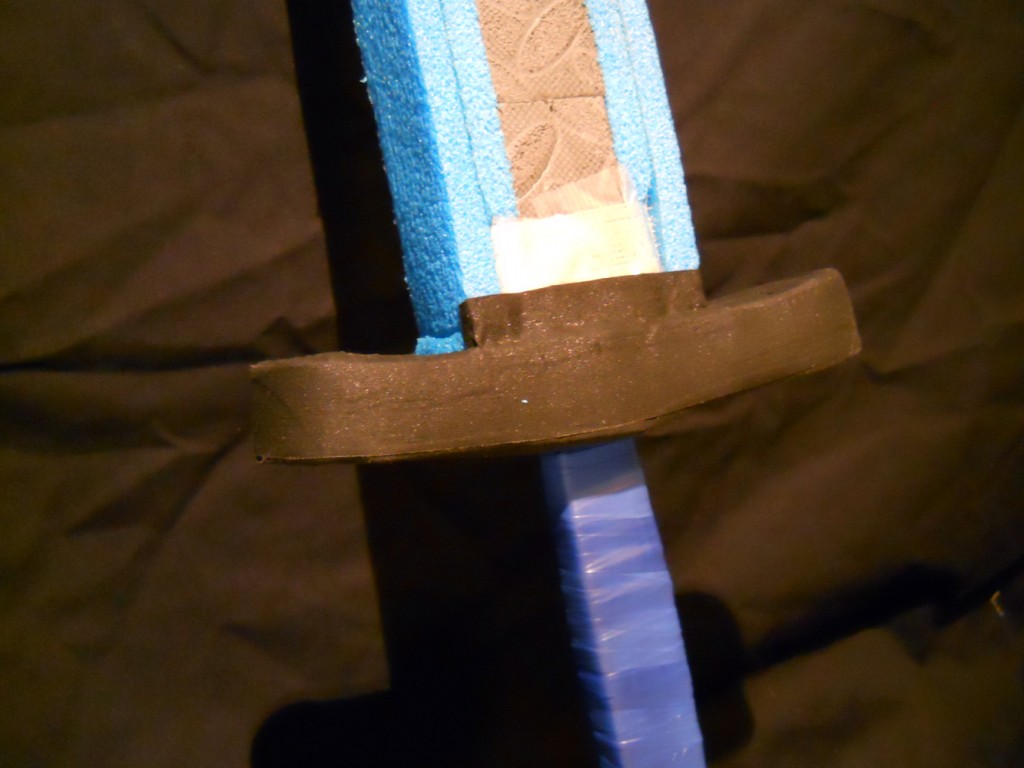Pieter, who makes repeating crossbows sometimes, sent in this shield with a hidden compartment:
Pieter is from Arcana in the Netherlands. Thank you, Pieter!

A technical approach to Larp weaponry
Pieter, who makes repeating crossbows sometimes, sent in this shield with a hidden compartment:
Pieter is from Arcana in the Netherlands. Thank you, Pieter!
Another season, another beautiful PD shield from WrapShot. This one is commissioned by SoulLo Wartorn.
Pieter from the Netherlands has built a repeating crossbow named Sasha (Team Fortress 2 reference) that fires larp arrows:
Sasha is 1.10 meters and 5.5 kg. Here it is a video of it this weapon in action!
I have never seen a better use for seven sticks on a foam fighting field.
Another killer Plastidip shield from wrapshot, this time a No Quarter! heater shield.

Click through and note the location of the handles. Not horizontal, but diagonal.
Solusar of Belegarth has a great gallery/tutorial on his blue sword build, with good details like tip-foam teeth, a tip-biscuit, and a non-mushroom-cap stabbing tip. Lots of interesting commentary. We recommend it highly: Solusar’s Hi-Tech Sword Building for New People
We’ve about accomplished our primary goal of categorizing all of our favorite boffer building tutorials, and we would like to now open the site up more to the global foamsmithing community. If you have a tutorial, a pic of a great weapon, a killer video of fighting at your larp, or an idea you’d like to share, let us know! We don’t have an agenda, other than we love to build foam weapons.
Wrapshot has another killer shield up:
Really amazing. And the detail carries through to the back of the shield, which not only doesn’t have karate belts or nylon, but doesn’t look like a boffer weapon at all, but a shield fit for a Duke.
A basic guard can turn a good sword into a masterpiece. There are two (similar) methods we use to make guards. You can embellish the basic process to create tsubas, crossguards, or even a basket hilt (with the Stack Method). Both methods are durable and easy to construct. The Box Sandwich method is slightly less reliable (less foam contact with the core) and can only be used with 1/2″ fiberglass.

A kindly whiskey besotted Seattleite has linked to us, proud of his first day garb (it was good) and first day RP (it was great). Thanks, you nerds at Mintifresh. See you soon!